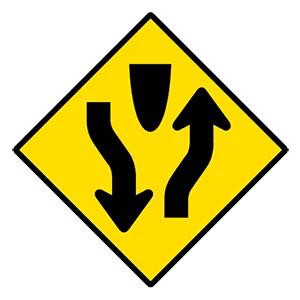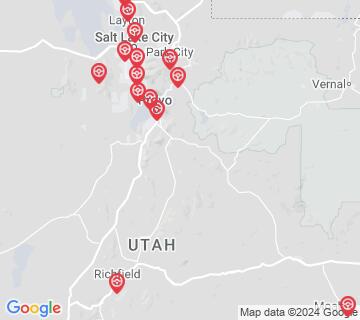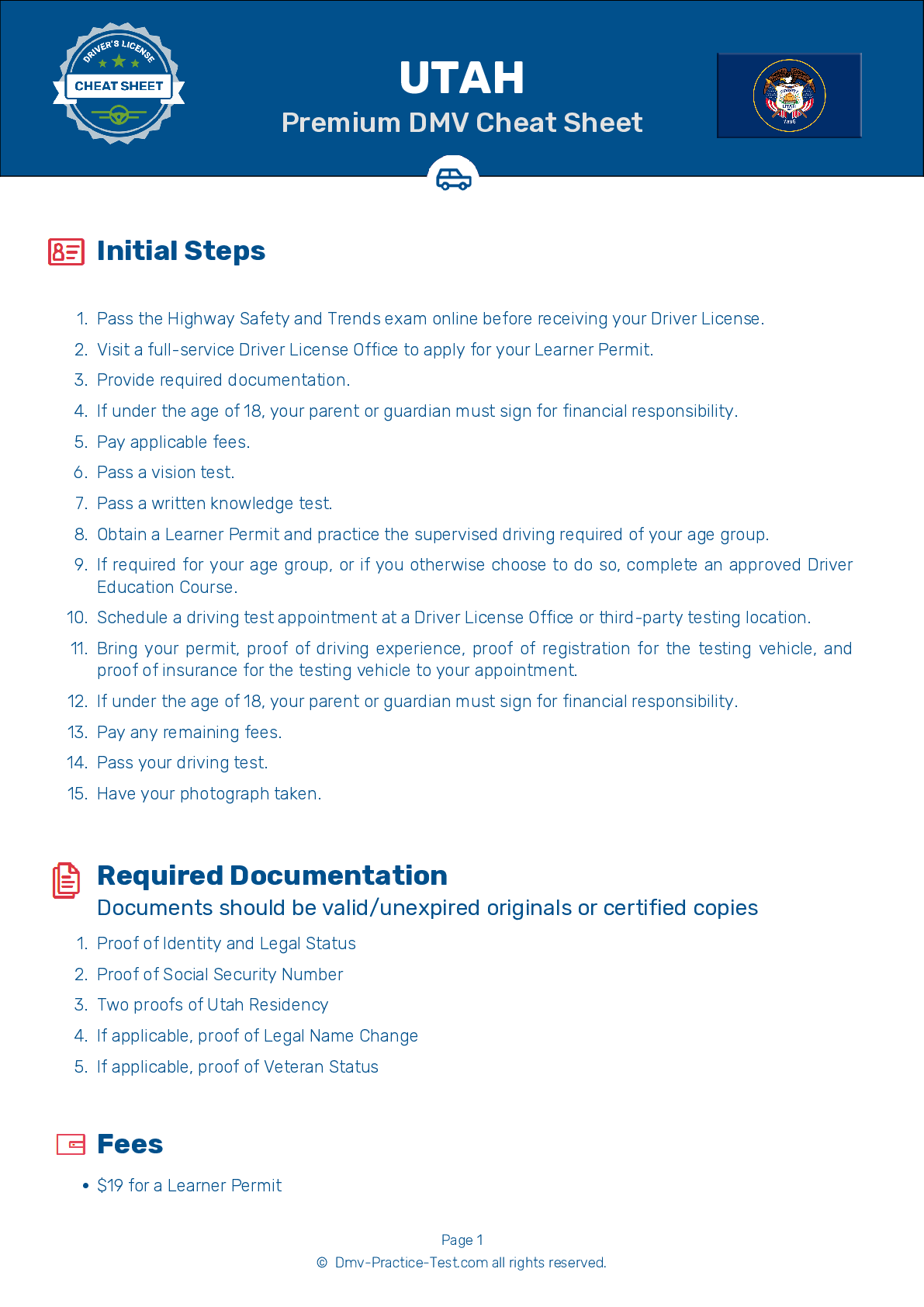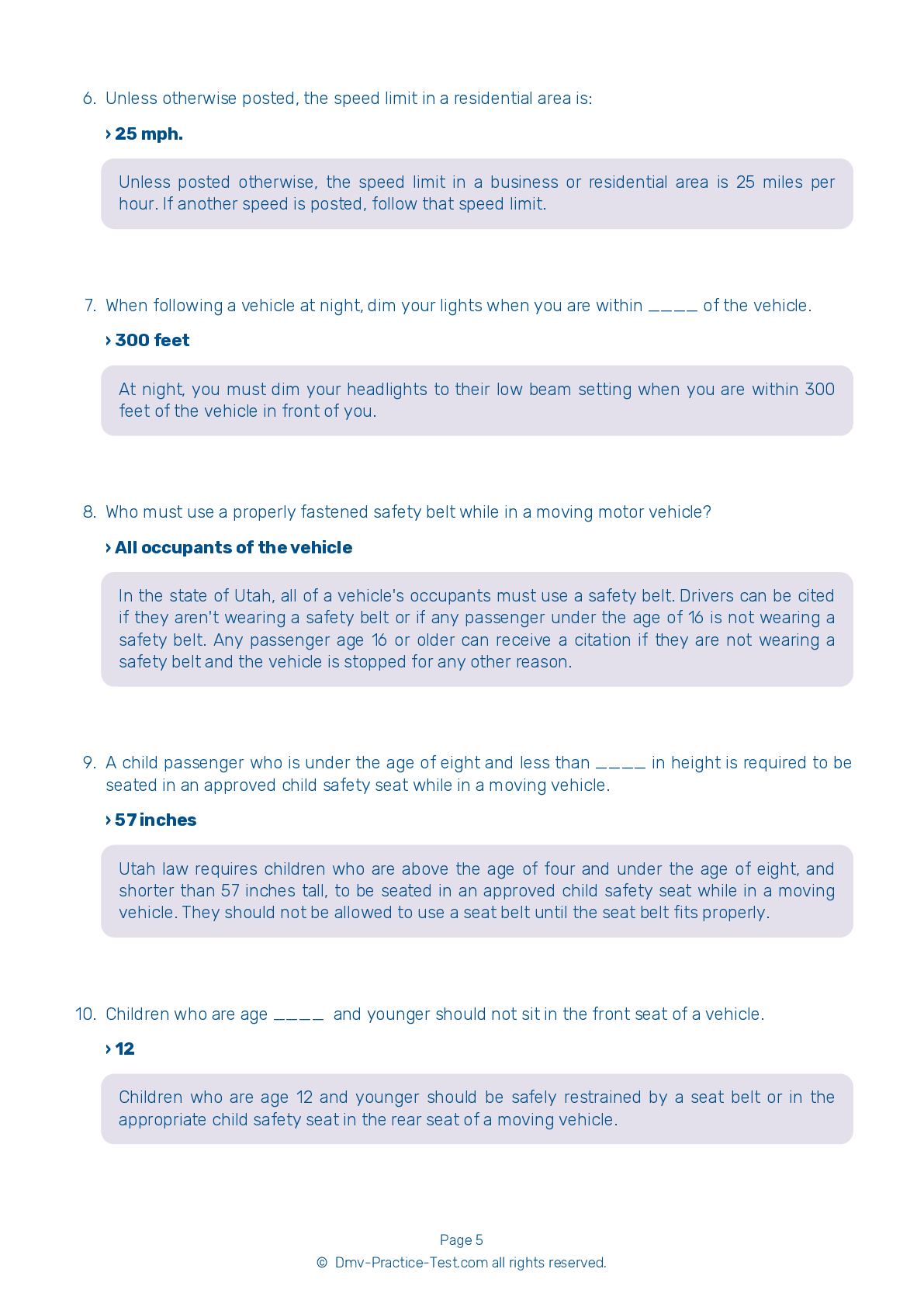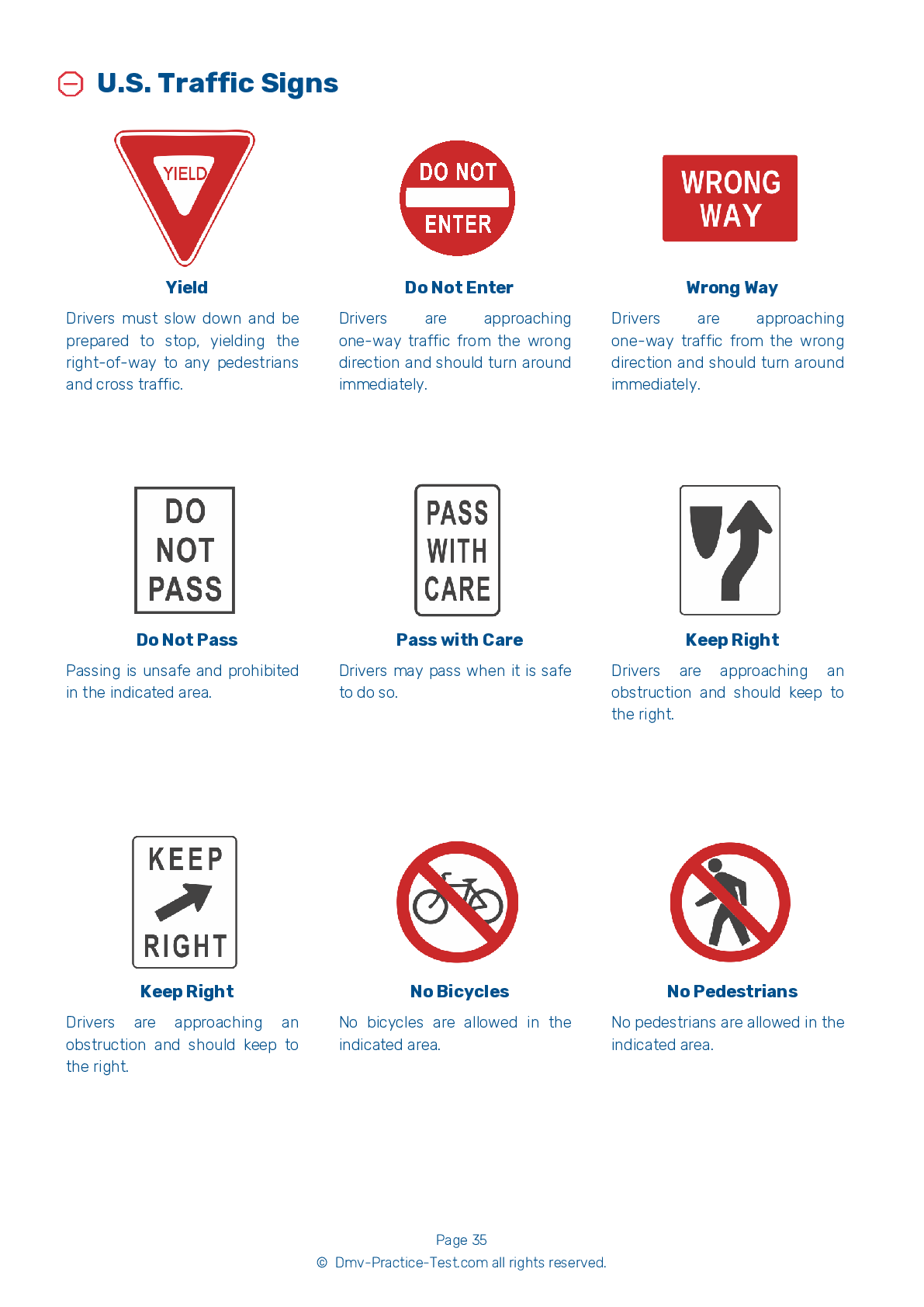FREE Utah DMV Practice Test #14
The practise exams for the Utah DMV have been updated for January 2026. It comprises questions based on the most important traffic signals and laws for 2026 from the Utah Driver Handbook. To study for the DMV driving permit test and driver's licence exam, use actual questions that are very similar (often identical!) to the DMV driving permit test and driver's licence exam.
Each question on the practise exam has a tip and explanation to help you recall the ideas. Questions about traffic rules, traffic signs, and driving statutes, as well as knowledge from the Driver Handbook, will be included in the written portion of the official Utah DMV test.
You must properly answer 20 of the 25 questions to receive a passing mark. Use the Utah Department of Motor Vehicles' practise exam to help you prepare for your instruction permit or driver's licence.
The DMV exam is offered in a variety of languages.
Using any form of testing help will result in an automatic fail, and the DMV may take further action against your driver's licence, so avoid it.
1 . When parking your vehicle downhill on a two-way street:
When you park on a downward-facing slope, turn your wheels sharply toward the side of the road. This way, if your vehicle starts to roll downhill, it will roll away from traffic.
2 . Your vehicle strikes an unattended parked vehicle and you cannot locate the vehicle’s owner. You:
Upon striking an unattended vehicle, stop and try to locate the owner. If you cannot find the owner, leave a written notice containing your name, your address, and the circumstances of the accident.
3 . You come to an intersection that is blocked by other traffic. You should:
You cannot enter an intersection if traffic is backed up on the other side and you cannot get completely through the intersection. Wait until traffic ahead clears so you do not block the intersection.
4 . Alcohol:
Alcohol is a depressant drug that slows the activity of the brain and reduces the skills that you need for safe driving. Drinking alcohol results in slowed reaction time and impaired judgment.
5 . This sign means:
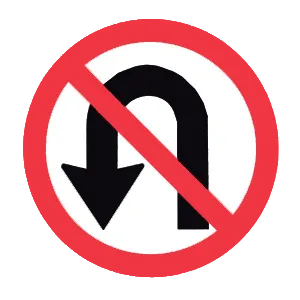
This sign prohibits U-turns. Do not make a U-turn where this sign is posted.
6 . A “No standing” sign at a certain location means:
A "No standing" sign means that you may only make a temporary stop to load or discharge passengers.
7 . This road sign means:
